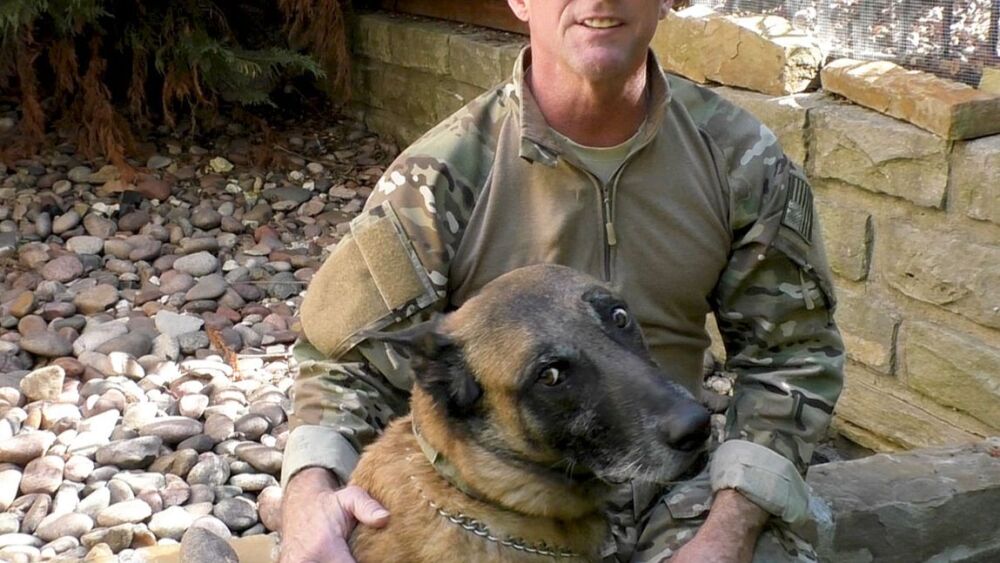If you are a K-9 handler, then your dog is a fellow cop, your partner and, many times, your best friend. Therefore, prioritizing your dog’s medical attention is critical to your mission.
Stay mindful of where the closest veterinarians and fire stations are while you work. You should also know all of the convenience store locations (for ice and industrial sinks) to help with overheating.
If you assist your SWAT team on call-outs, the team medic should have K-9 medical skills for obvious reasons. Many items in your IFAK (Individual First Aid Kit) are also suitable for your K-9. However, you should keep the following additional things for your dog:
- Benadryl for ant bites, bee stings, some snake bites;
- Anal thermometer to check temps;
- Previcox (anti-inflammatory);
- Cephalexin (antibiotic);
- QuikClot for extremity wounds;
- Combat gauze, wraps, bandages and saline solution for cleaning wounds;
- Dermabond or fingernail polish hardener works well for tears, cuts in K-9 pads;
- Towels for soaking in water to drape over your K-9 along with an ice chest for heat exhaustion.
Recognize possible indications of bloat such as wretching, vomiting, lethargy and agitation. I recommend waiting at least 90 minutes after strenuous activity to feed your dog. Also, interestingly enough, limiting the number of ice cubes you allow your dog to have can also help stave off bloat.
Remember that when treating K-9 wounds, your dog needs to be able to breathe. In those moments, your pants belt, leash, or even rolls of gauze double can be used as a quick improvised muzzle.
These are just a few tips, tricks and hacks, not meant to be exhaustive or 100% sure to cure your K-9. Try to keep an open mind and always search out new ways to be a better K-9 handler. Your dog depends on you, as well as your law enforcement team!
Learn more about K-9 first aid tips and illness prevention in this video.



